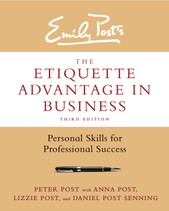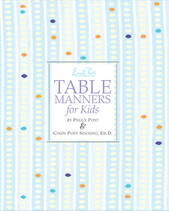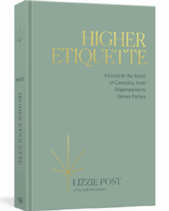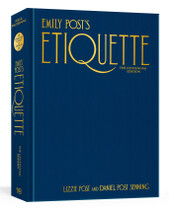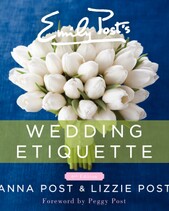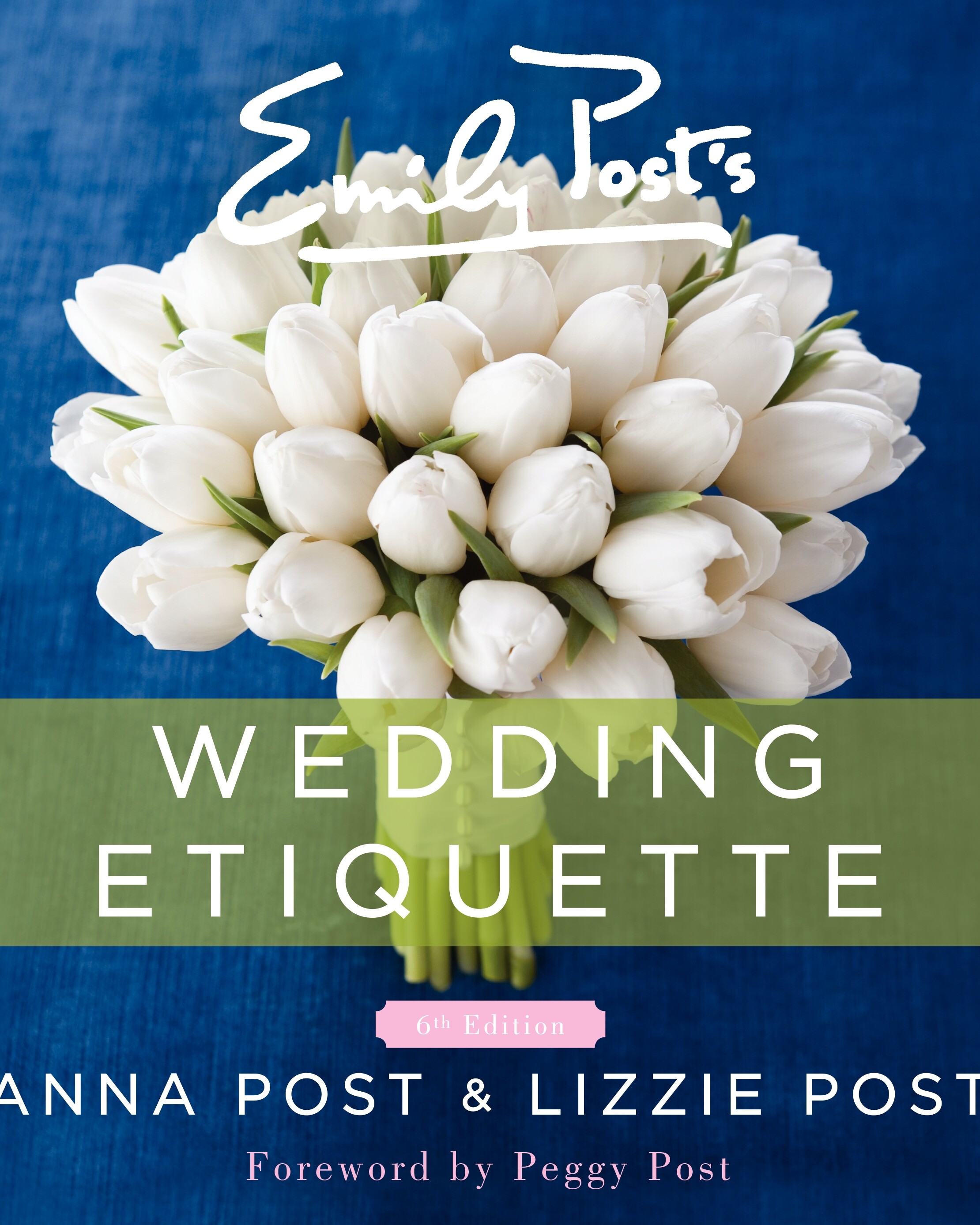
Inside Weddings: The Wedding Party

Unless you elope to Las Vegas or slip down to City Hall for a quiet ceremony, you don’t get married on your own—it takes the help of your friends and family. While your guests will support and celebrate with you on the big day, it’s your wedding party that will help you do much of the heavy lifting during the months of planning.
Choosing Your Attendants
Many of us know exactly who we’d like to be in our wedding party long before the question is popped. It’s okay to ask as soon as the engagement is announced, and aim to have a decision no later than six months out for the average wedding (three months for a short engagement). Most people ask siblings, close relatives, and good friends who are reliable, can be involved, and who will be courteous, extended hosts on the wedding day. You don’t have to ask friends for whom you were a bridesmaid, nor are you required to ask your fiancé’s sister to be your bridesmaid, though it’s a lovely and generous way to get to know someone who will be a close part of your life. It’s gracious to allow your potential party members to think about your request before they make a decision; it’s a big commitment of finances and time. There is no requirement for how many attendants to have, and you don’t need the same number of bridesmaids as groomsmen.
Your Ladies in Waiting
We’ve all heard horror stories about bridesmaids being “required” to sign contracts, obligating them to responsibilities that should require a salary, and agreeing to ludicrous demands. These are exactly that—horror stories. The reality is much simpler, and much more friendly.
The maid or matron of honor is the bride’s right-hand woman. She helps the bride select the bridesmaids’ attire, lends a hand addressing invitations and place cards, and organizes the bridesmaids’ luncheon as well as the bridesmaids’ gift to the bride. During the ceremony, she holds the groom’s wedding ring and the bride’s bouquet. At the end of the ceremony, she arranges the bride’s train and veil, and then returns the bouquet. She also witnesses the signing of the marriage certificate. During the reception, she stands in the receiving line, gives a toast if she wishes, and helps organize guests. Afterwards, she assists the bride out of her dress, for which she then takes responsibility while the bride departs for her honeymoon.
The bridesmaids’ responsibilities are more general: attend fittings, parties, the rehearsal, and rehearsal dinner. It’s a myth that the bridesmaids must throw a shower for the bride, though showers can be hosted by the bridal party. Bridesmaids stand in the receiving line, mingle with guests, dance, and participate in the bouquet toss. The bridesmaids and maid of honor each pay for their own dresses, alterations, shoes, and accessories, as well as their travel to the wedding and group present to the bride and groom. The couple traditionally arranges for the bridal party’s lodging.
A Few Good Men
The best man has by far the most responsibilities of all the attendants. Among many others, he organizes the bachelor party for the groom and arranges the groomsmen’s gift to the groom. He helps the groom choose the wedding attire and coordinates fittings or rentals for the groomsmen. He keeps the bride’s wedding ring during the ceremony, witnesses the signing of the marriage certificate, and makes sure that the groom’s wedding-related payments are prepared and delivered at the ceremony. He offers the first toast at the reception and dances with the bride and other guests. Like the maid of honor, he takes care of the groom’s clothes after he departs.
The groomsmen attend the bachelor party, their fittings, the rehearsal and rehearsal dinner. They help escort guests to their seats if there aren’t separate ushers, and then stand with the groom during the ceremony. At the reception, they dance with the bride, bridesmaids, and other guests.
Little Helping Hands
Flower girls and ring bearers make charming additions to a wedding. The flower girl precedes the bride down the aisle holding either a small basket of flowers or a tiny nosegay similar to the bridesmaids’ flowers. She might carry a basket of petals that she sprinkles in front of the bride as she walks down the aisle. (I recommend silk petals, as real ones can become slippery.) She attends the rehearsal, but often not the rehearsal dinner due to her age.
The ring bearer walks down the aisle after the bridesmaids and ahead of the flower girl, holding the small cushion upon which the wedding ring is pinned (not sewn). He stands with the groomsmen or sits with his parents or the groom’s family during the services. He exits with the flower girl, if there is one. These members of the wedding party are usually young relatives of the bride or groom, and typically range in age from three to seven years old.
Wrapping it Up
The best gift you can give your wedding party is a pleasant experience while they help you prepare; however, it’s important to thank your attendants with a tangible gift as well. Jewelry is a
popular gift from the bride to her bridesmaids, while classic gifts from the groom include cuff links, ties, monogrammed flasks, and engraved key chains. The gifts can be the same for everyone, or chosen on an individual basis. The rehearsal dinner is a great opportunity to present these gifts to the wedding party and acknowledge their help in front of your close friends and family. Regardless of where you present your gifts, make sure your attendants know what you know—that you couldn’t have made it to the altar without them.
This article originally appeared in Anna Post's column in the Winter 2010 issue of Inside Weddings.
